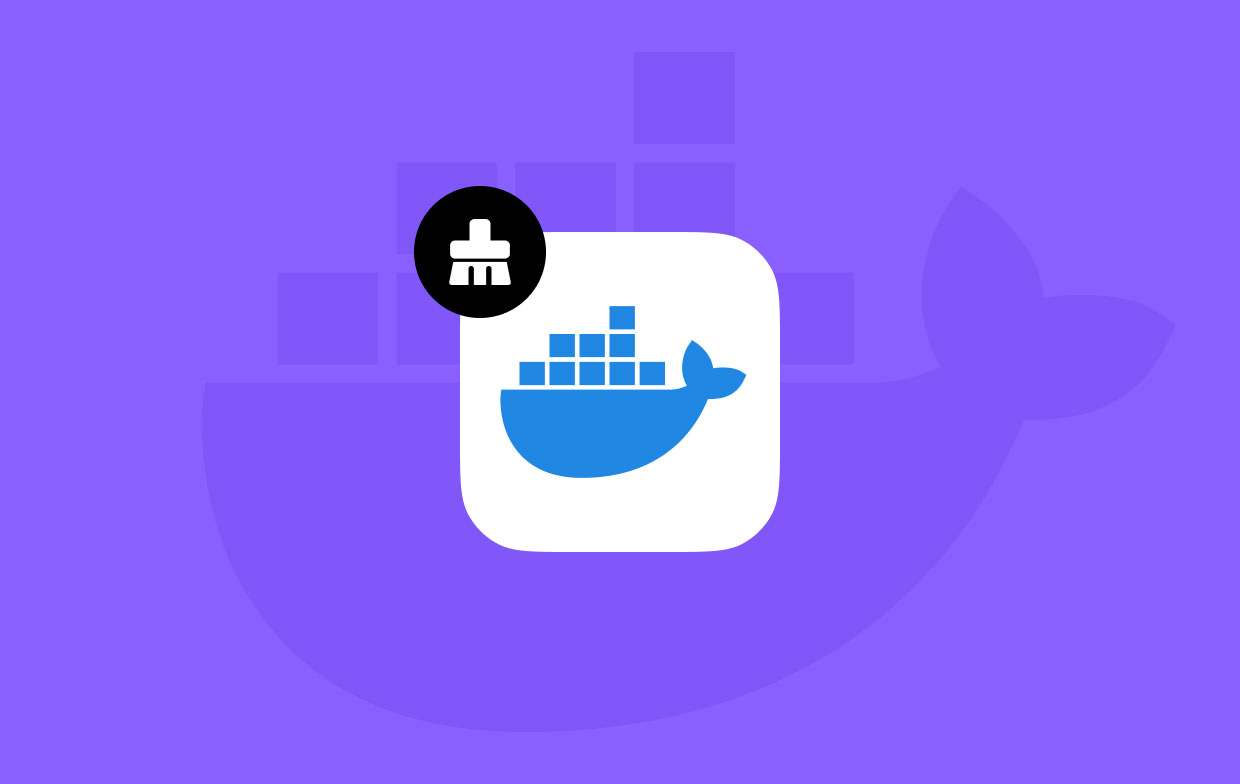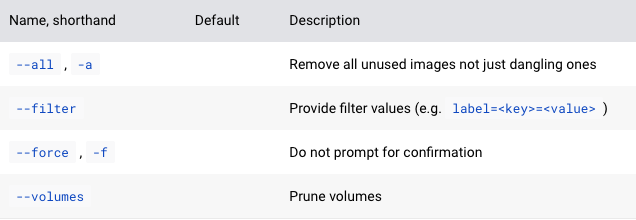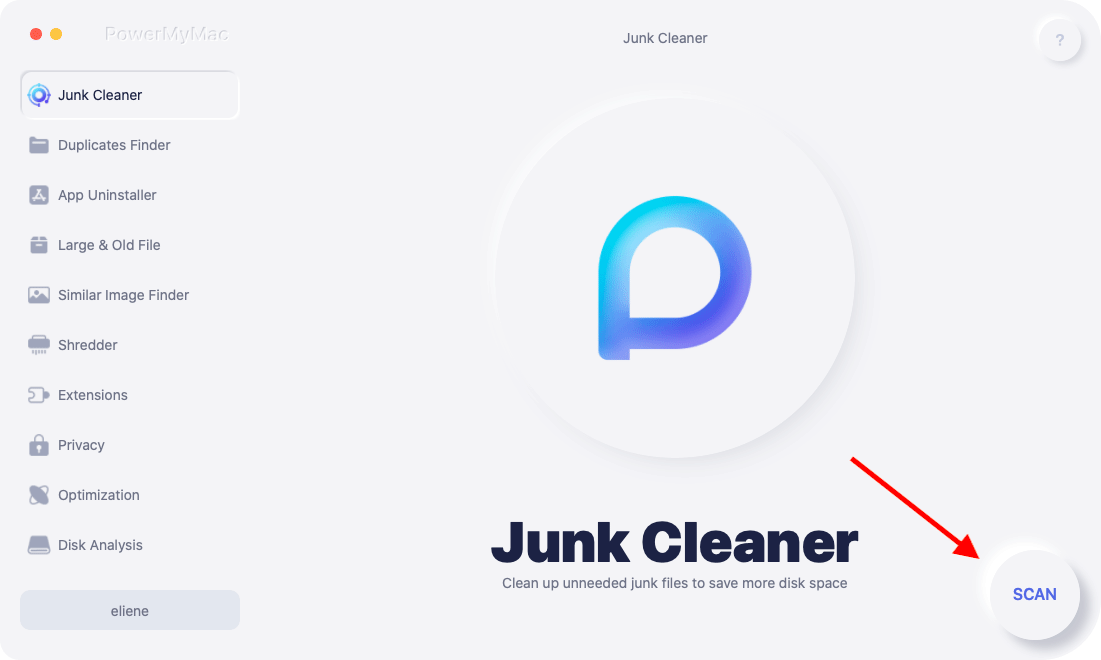This post will describe how to clear Docker cache and show how to use it. Using Docker consistently has led to some understanding more about cache, which some people may find useful.
A Dockerfile's first build will produce results that Docker will store, making subsequent builds incredibly quick. That is well-known and not a secret. But to use the cache effectively, the engineer must comprehend how it operates. Therefore, it is necessary to clear the app cache regularly.
Contents: Part 1. Does Docker Have a Cache?Part 2. How Do I Clear Docker Cache & Unused Objects?Part 3. Suggestion: It’s Better to Delete Mac Cache Files RegularlyPart 4. Conclusion
Part 1. Does Docker Have a Cache?
Since the beginning of the development software industry, one of the most challenging problems has been figuring out how to efficiently build, transparently bundle, and deliver software platforms on a variety of various platforms. This became increasingly apparent with the advent of the technological revolution, the proliferation of software-as-a-service (SaaS) technologies, and the boom in cloud computing.
Docker containers are pre-configured environments that are standardized, lightweight, and risk-free. Inside these containers is a program's whole runtime, which includes the kernel, its dependencies, and the application code. It is a complex process to clear Docker cache.

Docker containers are platform- and language-independent, therefore it is possible to run applications in them even if they were developed in a different programming language and were designed to run on a different hardware platform.
Docker layers proved to be quite helpful mainly because they serve as a cache by storing the state of a docker container at each milestone and are typically kept on a local disk. This made the Docker layers quite convenient to utilize. The cache is available in Docker. This is also good for users to clear Docker cache. The very same problem can be fixed by utilizing a wide number of alternative approaches all at once.
In the lines that follow, we will discuss the several potential courses of action that can be taken. You may program the software to not check for previously existing picture layers and just require the clean creation of an image by using the —no-cache option when you're using the Docker build order to generate a Docker image.
This option can be found in the Docker create command's argument list. The build-cache function that Docker provides is a really useful tool. It does this by reusing layers that were built in an earlier Docker build. This speeds up the build process.
You may deactivate caching by using the no-cache option or enter a customized Docker build parameter to force a restart from a certain stage. Both of these options are available to you. Clear the Docker cache can be accomplished through the use of the docker prune function. You are going to be prompted to proceed forward automatically.

Part 2. How Do I Clear Docker Cache & Unused Objects?
You might be intrigued by clearing away anything from the local cache as an alternative to manually trimming the various kinds of information you have access to. To do this, we may make use of Docker system prune command. Eliminating Docker cache and removing unnecessary items may be accomplished using the following methods.
Delete All Cached Photos
- Run the function docker container prune to get rid of all of the intermediate and dangling images.
- To begin, let's make a list of the photographs that are now available.
- Intermediary photos are hidden by default; to see all of the images, just use the command
-a (—all)in the terminal. - Remove any dangling pictures.
- Make certain that the hanging and intermediate photos have been eliminated.

Containers That Are See-through and Have Stops
- Run the command docker prune to remove all of the containers that have been stopped.
- First, construct a container, examine it, and then clear Docker cache.
- Remove any obstructions from the containers.
Eliminate Underused Networks
- Open docker container prune prompt.
- Construct a test network, and then remove any networks that aren't required.

Eliminate Any Unused Local Volumes
- To erase all superfluous local volumes, conduct the run docker volume prune.
- After you have constructed a test volume, you should then remove any unneeded volumes.
Delete Any Superfluous Docker Objects
- To clear Docker cache, the docker system prune command may be used to get rid of any things that aren't needed. As a direct consequence of this, all cache images, paused containers, unused local volumes, and unused networks will be deleted:
- Get rid of any objects that aren't required.
Part 3. Suggestion: It’s Better to Delete Mac Cache Files Regularly
Repair and optimization of Windows and Mac systems can be accomplished with the help of iMyMac PowerMyMac. This increases the speed of a computer running Windows or Mac, protects the privacy of the user, and frees up storage space. It may detect superfluous documents on a Mac or Windows computer and delete them to conserve space.
PowerMyMac makes it possible to delete unused applications as well as data. You can free up space on your drive by using PowerMyMac Junk Cleaner to clear Docker cache. Someone may be remotely monitoring your Windows or Mac computer for unwanted content.
It is recommended that any objects that can be removed without repercussions be eliminated. You can easily delete Docker from your Mac or Windows computer by utilizing the PowerMyMac.

Part 4. Conclusion
If the user implements these strategies, they will be able to maximize the utilization of Docker's cache, which will result in builds that are reliable, quick, and accurate. In such a case, it would be beneficial to study and be familiar with how to clear the Docker cache. We were shown how to clear Docker cache along with other things that were not being used. Docker cache may be rapidly cleared out for users with PowerMyMac Junk Cleaner. This allows users to do so.



